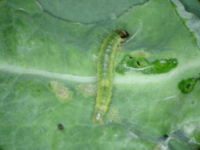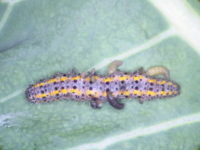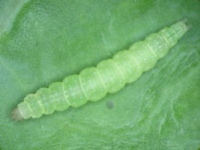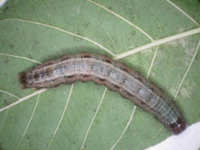New paper on the conservation of bumblebees
Did you know that more than 90% of the main global cash crops depend on pollinators for reproduction, and that pollination increases annual world crop production by up to US$ 577 billion? Furthermore, bees also pollinate several wild plants contributing to the conservation of forests. With this information in mind, it is easy to understand why efforts to conserve these important pollinators are necessary.
Unfortunately, declines in the bee population were globally recorded in the last few decades, mainly because of anthropogenic changes in the envvironment. Our research group has been working with brazilian native bees aiming to provide a framework for conservation strategies of these pollinators.
 Recently, we published a paper that employed mathematical models to assess the distribution of South American bumblebees of the genus Bombus under current, past and future climate conditions. Together with data on land use and the protected areas network, we were able to propose priority species and areas for conservation of bumblebees. Our findings show that three out of the six species evaluated are the most endangered and must have priority for conservation (Bombus bellicosus, B. brevivillus and B. brasiliensis). Additionally, we identified spatial priorities aiming at increasing the chances of bumblebees to survive in a given area in the long term.
Recently, we published a paper that employed mathematical models to assess the distribution of South American bumblebees of the genus Bombus under current, past and future climate conditions. Together with data on land use and the protected areas network, we were able to propose priority species and areas for conservation of bumblebees. Our findings show that three out of the six species evaluated are the most endangered and must have priority for conservation (Bombus bellicosus, B. brevivillus and B. brasiliensis). Additionally, we identified spatial priorities aiming at increasing the chances of bumblebees to survive in a given area in the long term.
Our lab is still studying native bees given they essenial role on food production and ecosystem functioning. Soon more information about our studies will be available!
The above information was originally published in the paper: Krechemer, FS & Marchioro, CA. 2020. Past, present, and future distributions of bumble bees in South America: identifying priority species and areas for conservation. Journal of Applied Ecology.












Comments